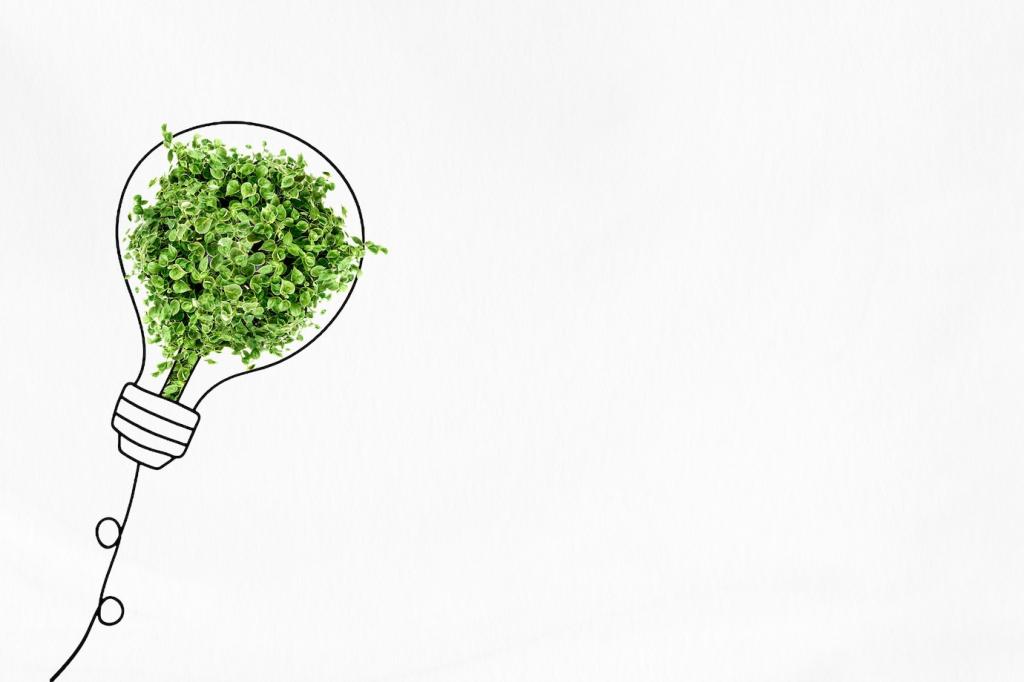Creating a beautiful, unique home while caring for the environment is more accessible than ever with the rise of upcycled home decor. Upcycling embraces the transformation of everyday objects and discarded materials into stylish, functional elements for living spaces. This approach not only reduces waste and conserves resources but also infuses homes with personality and creativity. Discover how innovative upcycling can help you craft an eco-conscious sanctuary that reflects your values and distinct aesthetic.
The Essence of Upcycling in Modern Home Decor
Redefining Waste Through Creativity
Upcycling challenges conventional ideas about waste by encouraging people to see potential where others see discard. Objects like glass jars, wooden pallets, or worn fabrics can all become statement pieces through smart design choices. This approach nurtures creativity by inspiring individuals to ask, “What can this become?” instead of “When should I throw this away?” In home decor, this shift fosters unique, personalized interiors that tell a story. Every upcycled piece carries a history, merging the past with the present while treading lightly on the environment.
Environmental Benefits Beyond Recycling
Where recycling often breaks materials down for reuse, upcycling maintains an object’s original integrity, saving energy and resources in the process. Reducing landfill contributions is just one aspect; upcycling also lessens dependence on the extraction of new raw materials. As a result, energy consumption, carbon emissions, and pollution decrease. Choosing upcycled decor empowers homeowners to participate in a cycle that protects the earth’s finite resources, positioning every redesign as a step toward a healthier planet.
The Unique Character of Upcycled Pieces
Upcycled decor stands out with an undeniable individuality, whether it’s a lamp crafted from an antique camera or a coffee table fashioned from reclaimed barn wood. Each creation is one-of-a-kind, carrying the marks and stories of its previous life. Beyond aesthetics, these pieces are conversation starters—objects that often hold more sentimental and historical value than new, mass-produced furnishings. Moreover, their inherent uniqueness enables homeowners to curate living spaces that are truly reflective of their own style and ethos.
Finding Inspiration: Upcycling Ideas for Every Room
Kitchen Makeovers with Upcycled Finds
The kitchen is an ideal starting point for upcycling, where function often meets form. Mason jars frequently transition from pantry staples to chic storage solutions or pendant lights. Old ladders can transform into practical pot racks, while mismatched plates find new purpose as mosaics adorning a backsplash. These reimagined objects not only elevate the kitchen’s look but also invite conversation and admiration, reaffirming the value of creative reuse in the heart of the home.


Living Room Accents that Tell a Story
The living room thrives on personality, making it the perfect showcase for upcycled artistry. Salvaged window frames might become distinctive photo displays, while retired doors can serve as rustic tables or wall art. Even vintage suitcases, when stacked, form quirky side tables with hidden storage. Integrating such pieces creates a welcoming and layered atmosphere, turning the living room into a dynamic narrative reflecting both the past and the ingenuity of the present.
Lowering Your Ecological Footprint at Home
One of the most profound impacts of upcycling is its ability to lower a household’s total ecological footprint. By opting for upcycled furnishings and accents, individuals contribute less to landfills and diminish the demand for new product manufacturing. This simple change can ripple outward, influencing community standards and encouraging others to reconsider their own consumption patterns. Ultimately, an upcycled home is a practical step towards living within ecological limits.
Supporting Local Makers and Circular Economies
Many upcycled home decor items are crafted by local artisans or small businesses, who specialize in finding beauty and utility in overlooked materials. Purchasing these products fosters circular economies—economic systems designed to minimize waste and maximize reuse. Every investment in such goods not only nurtures local creativity but also strengthens communities’ resilience and fosters responsible stewardship of resources. Committing to upcycling is, therefore, support for both local economies and global sustainability.
